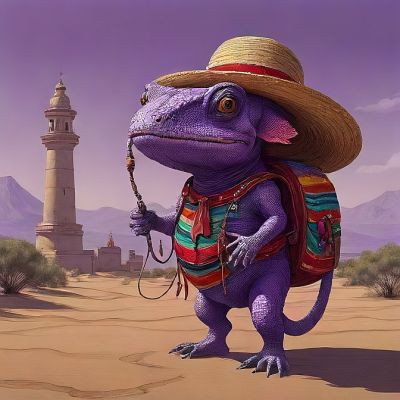My go-to camera settings for WILDLIFE PHOTOGRAPHY! Early morning and late afternoon.
Enrol in my Wildlife Photography online course: https://bit.ly/WildlifePhotographyCourse
=================================
Gear I use to film and produce my videos:
=================================
Canon R6 camera: https://amzn.to/3AXxx6P
Canon 100-500 RF lens: https://amzn.to/3pT9grZ
GoPro Hero 10: https://amzn.to/3RjaXdZ
iPhone 12Pro: https://amzn.to/3KvGKGs
Macbook Pro 13 inch: https://amzn.to/3e79adU
Sandisk 2TB Portable SSD hard drive: https://amzn.to/3R2GWiO
As nice as it would be, unfortunately there's no single set of default settings that you can use for every sighting you have when you are photographing wildlife on safari. You have to adjust your camera settings based on what you see - the light, the subject and your goal with the photo could all influence what settings you choose in a specific situation.
Having said this, it definitely helps to leave on game drive with a good set of go-to settings, both early mornings and late in the afternoon.
Early in the morning, when the light is still very low, I stay in Aperture Priority and typically choose the lowest f-stop my lens allows (f/4 or f/5.6 on most lenses), a relatively high ISO (usually 1600 or 3200). The low f-stop lets in a lot of light, allowing the camera to choose the fastest shutter speed for the conditions, and the high ISO makes the camera's sensor nice and light sensitive. I also make sure that my exposure compensation is on zero, that my auto focus mode is in AI Servo/AF-C (focus tracking), that my focus point is in the middle and that I have high continuous activated on the drive mode. This way, if we bump into a leopard or lion early in the morning, I can simply pick up my camera and start shooting without worrying about my settings. The go-to settings above gives you a great chance of getting a sharp photo in low light, providing you hold your camera nice and still.
When I head out in the afternoon, I use exactly the same settings, but instead of using a high ISO, I drop it to about 400 since the conditions would be a lot brighter than early in the morning. As it gets darker, though, I increase my ISO as necessary.
Throughout the drive I adjust things like the aperture value (to influence the depth of field) and the exposure compensation (to adjust the image brightness).
I really hope you found this lecture on go-to camera settings for wildlife photography helpful. If you'd like to learn more about my Wildlife Photography for Beginners and Amateurs online course, simply click here: https://bit.ly/WildlifePhotographyCourse
CONTACT ME:
E-mail: info@thesafariexpert.co.za
Website: https://www.thesafariexpert.co.za/
IMPROVE YOUR PHOTOGRAPHY SKILLS:
Wildlife Photography for Beginners: http://bit.ly/WildlifePhotographyCourse
Digital Photography for Beginners: http://bit.ly/BeginnersPhotographyCourse
Intermediate Photography Level: http://bit.ly/IntermediatePhotographyCourse
Adobe Lightroom Classic for Beginners: http://bit.ly/LightroomClassicBeginnerLevel
Selling your photos online: http://bit.ly/StockPhotographyCourse
How to create a Udemy Online Course: http://bit.ly/BestsellerUdemyCourseCreation
MUSIC LICENSED FROM EPIDEMIC SOUND: http://bit.ly/thesafariexpertEpidemicSound
Disclaimer: Keep in mind that some of the links in this post are affiliate links and if you click on them to make a purchase I will earn a small commission at no additional cost to you. I only promote products that I trust and the and the income from these links allow me to keep producing videos.
FOLLOW ME ON SOCIAL MEDIA:
Instagram: https://www.instagram.com/thesafariexpert/
Facebook: https://www.facebook.com/thesafariexpert























SORT BY-
Top Comments
-
Latest comments